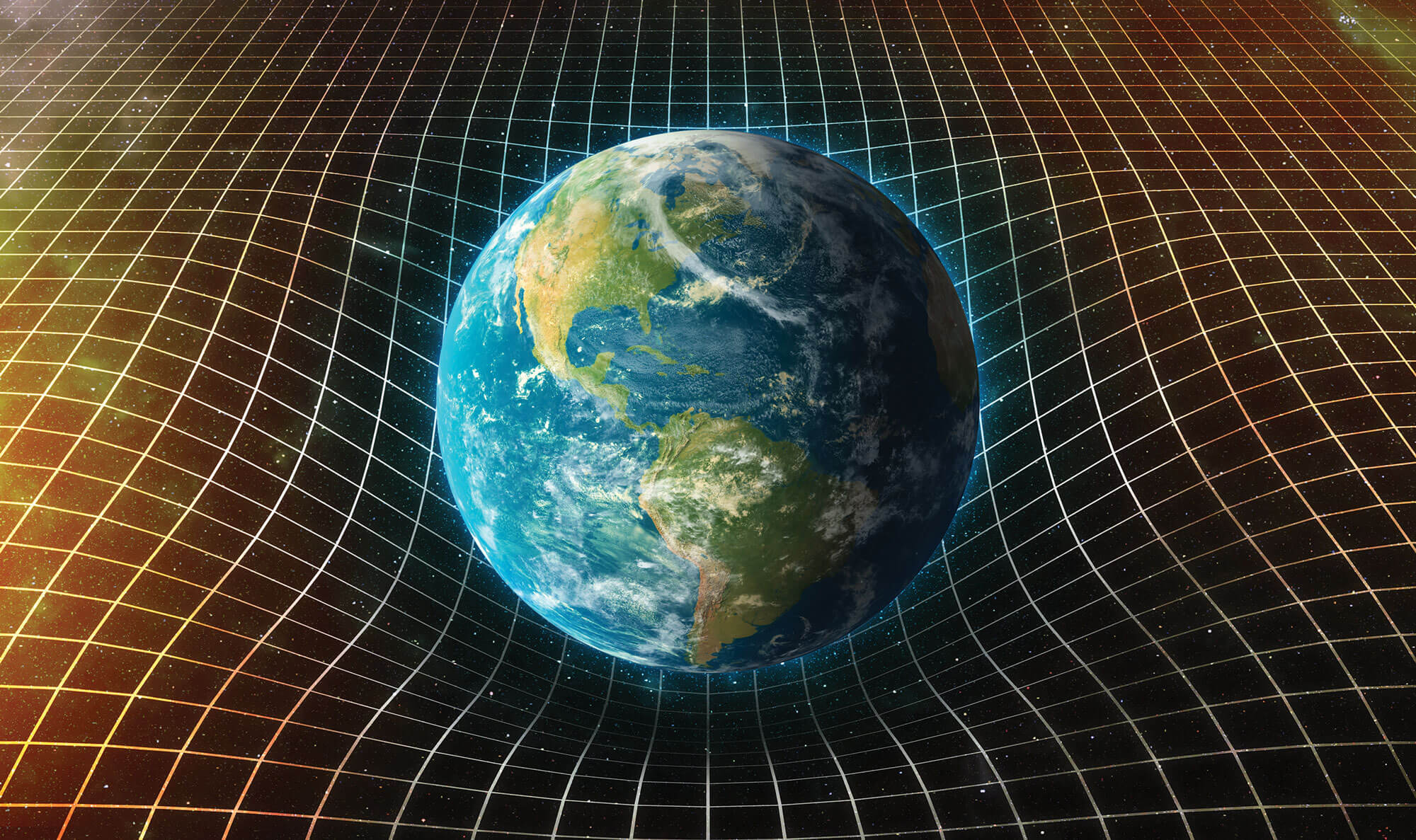Key Takeaways:
- The “impossible drive,” or EmDrive, proposed by Roger Shawyer in 2001, claimed to function without any propellant, a concept that would break fundamental physics laws like the conservation of momentum.
- After two decades of testing, EmDrive was disproved in 2021, highlighting the scientific process of verifying extraordinary claims.
- Charles Buhler, an ex-NASA engineer, now claims his new “New Force”-powered drive can overcome gravity without expelling mass.
- Buhler’s device reportedly generates thrust through an asymmetry in electrostatic fields, which could allow for a propellant-free system.
- The claims are intriguing but unverified, and extensive third-party testing will be essential before declaring this breakthrough as genuine.
_________
A “New Force” is said to propel a recent drive design beyond Earth’s gravity.
 A New Force to Challenge Gravity?
A New Force to Challenge Gravity?
In the early 2000s, British engineer Roger Shawyer introduced the concept of the EmDrive, a reactionless, propellant-free propulsion system that seemed to break fundamental laws of physics. Despite hopeful testing by scientists, the drive was discredited in 2021 as failing to produce genuine thrust. Now, a new concept has emerged from Charles Buhler, an engineer formerly with NASA, who claims his propulsion technology, built on a “New Force,” has produced enough thrust to overcome Earth’s gravitational pull without using any fuel.
Buhler, a co-founder of Exodus Propulsion Technologies, shared his findings with The Debrief, expressing that this breakthrough hinges on an entirely new concept—using electric fields alone to generate a continuous force on an object, eliminating the need for expelling mass. According to Buhler, “This discovery of a New Force is fundamental,” marking a potential leap beyond the EmDrive’s theoretical claims. He detailed his work, explaining how electrostatics is at the heart of this new approach, which he and his colleagues from NASA, Blue Origin, and the Air Force have developed over several years.
The Path to Propellant-Free Propulsion
In 2023, after many design iterations, Buhler’s team reported that their latest device achieved a thrust level strong enough to overcome Earth’s gravity. The concept reportedly relies on “asymmetry in electrostatic pressure,” creating a non-zero force component capable of moving the system’s center of mass. Buhler shared these results at the Alternative Propulsion Energy Conference (APEC), an independent forum known for exploring fringe scientific theories, where he discussed his decades-long journey through electrostatics and propulsion. His device, he explained, makes use of a “divergent electrostatic field” which, under certain constraints, allows for force production without ejecting any material—an idea that could alter how we think about space propulsion.
Skepticism and Verification Needed
While Buhler’s work has generated excitement, the path to scientific validation remains extensive. The history of propellant-free engines includes many experiments that seemed promising at first but later failed under more rigorous testing. One notable example is the EmDrive, which was famously investigated by NASA’s Eagleworks team in 2016. Although initial tests suggested some level of thrust, further research by the Dresden University of Technology debunked the claims entirely.
Scientists remain cautious about Buhler’s drive, noting that an unknown quirk of physics would have to be responsible for this technology to work as claimed. For now, experts agree that rigorous third-party testing is essential before this discovery can be deemed a genuine breakthrough. Until then, Buhler’s engine has earned the informal label of “improbable engine”—a potential game-changer in space travel that could still end up challenging the boundaries of scientific understanding, if verified.




